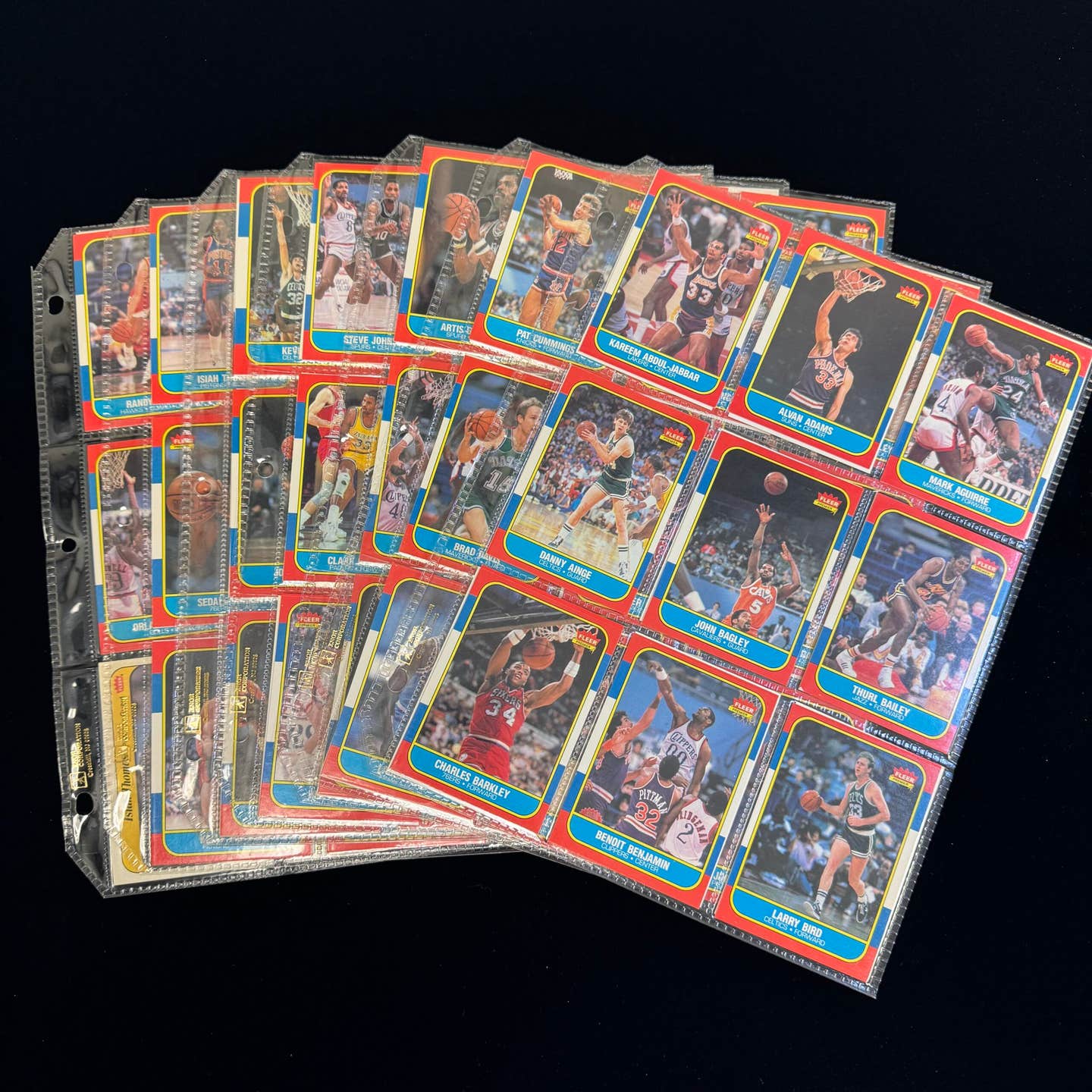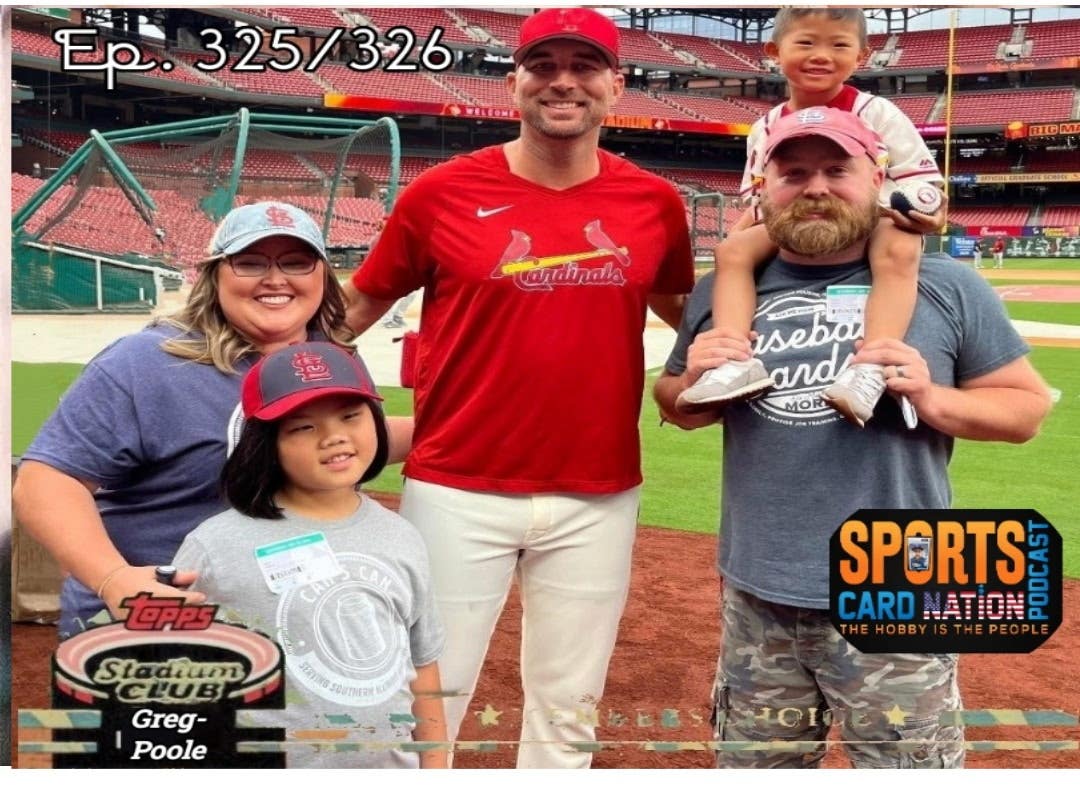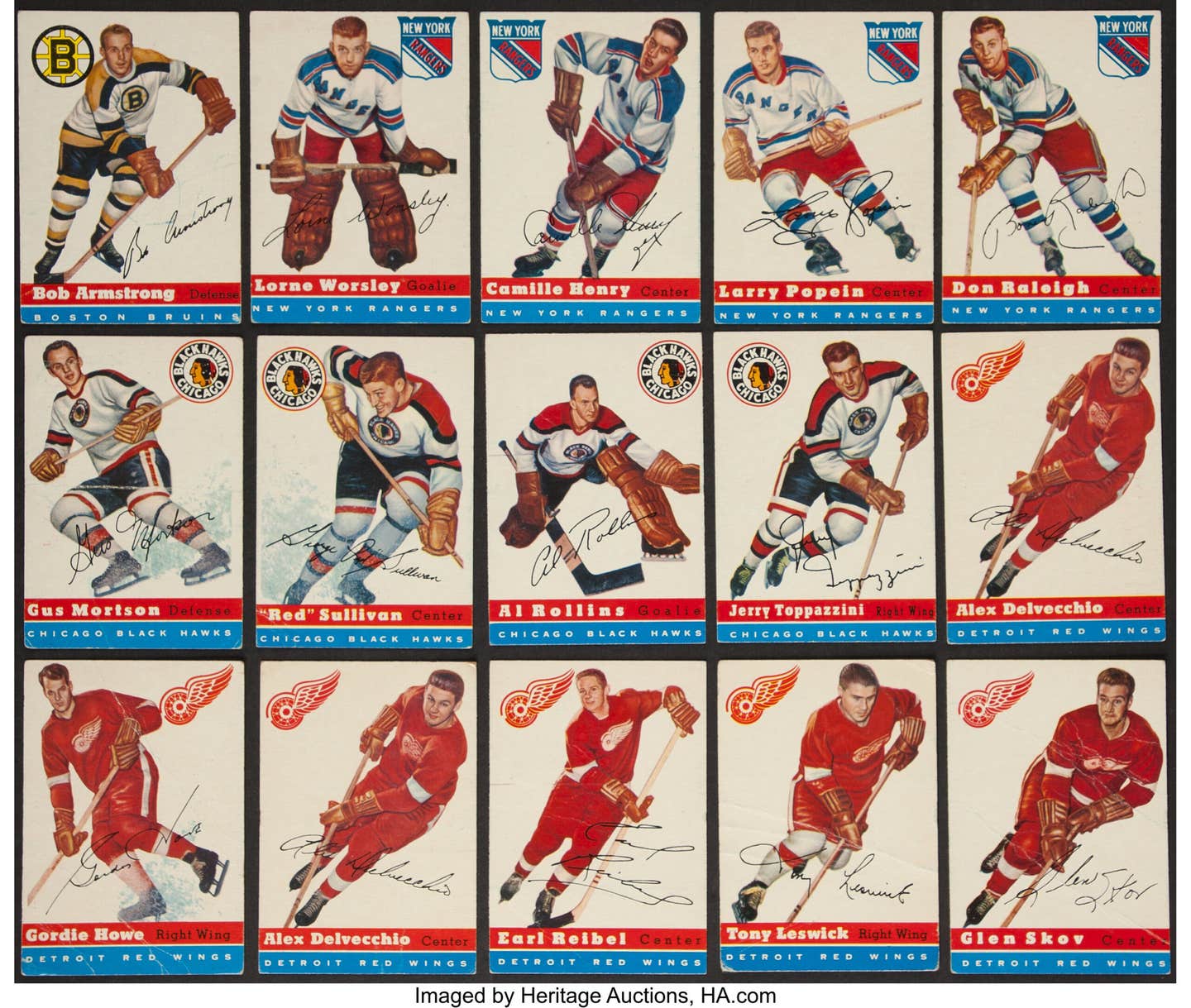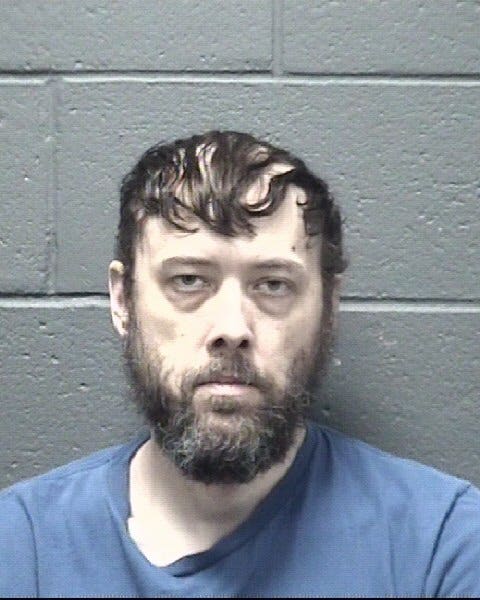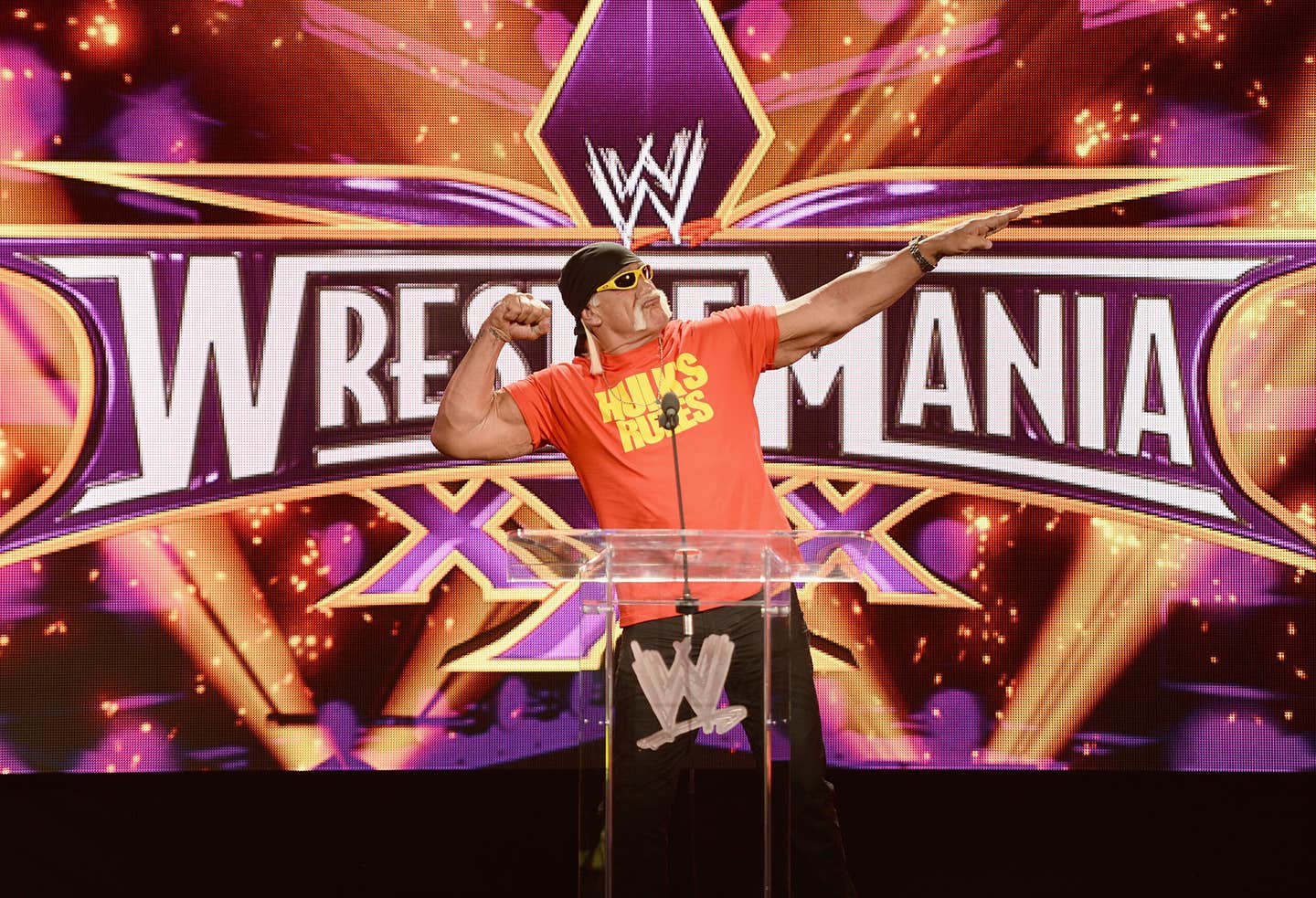News
Bagwell, Raines and Rodriguez voted into the Baseball Hall of Fame
They belong to the 2017 Baseball Hall of Fame Class, chosen by the Baseball Writers Association of America and slated for enshrinement in Cooperstown July 30.
Controversy shadowed all three, with Raines battling cocaine addiction as a rookie and both Rodriguez and Bagwell rumored to have tried performance-enhancing substances.
Of the three, Bagwell led with 86.2 percent of the vote, a shade ahead of Raines in his 10th and final year on the ballot. Rodriguez, in his first appearance on the ballot, got a percentage point more than the 75 percent needed for election.
Right behind him were Trevor Hoffman (74 percent) and Vladimir Guerrero (71.7 percent), whose opposition next year will feature headliners Chipper Jones and Jim Thome.
And what about Barry Bonds and Roger Clemens? They each earned seven major awards but ran afoul of the voting establishment by getting better as they grew older – a definite indicator of artificial help.
Both jumped over the 50 percent marker for the first time this year and have five more shots at enshrinement despite stiff competition in 2018 (Jones), 2019 (Mariano Rivera), and 2020 (Derek Jeter).
The three new inductees combined to wear the uniforms of 10 different clubs but not for the same team.
“We never played together but baseball players are family,” said Rodriguez, nicknamed Pudge after his idol, Hall of Fame catcher Carlton Fisk. “We have a great team in Cooperstown and it’s a privilege to be there.”
Rodriguez is the first Puerto Rican picked on the first ballot and the fourth overall, following Roberto Clemente, Roberto Alomar, and Orlando Cepeda. He is only the eighth Latino in the Hall of Fame.
“It’s not easy getting in,” said Hall of Fame President Jeff Idelson at the Manhattan media event introducing the new electees. “Only one percent of the 19,000 men who have played Major League Baseball ever make it.”
Ability and performance, rather than size, are the prerequisites.
Both Rodriguez and Raines stand 5’ 9” tall yet played big-league ball for more than 20 seasons each. In fact, the former caught more games than anyone else (2,427) and has more hits, runs, doubles, and total bases than any player who spent at least half their career behind the plate.
Nine times, he led his league in success ratio against would-be base-stealers.
Unlike Rodriguez, Raines had to wait 15 years for his ticket to Cooperstown. After waiting the mandatory five post-retirement years before he could get on the ballot, he needed 10 more to seal the deal.
“I had a full head of hair when this thing started,” said the svelte speed merchant of his bald head. “Once we retire, there’s nothing more we can do about getting elected. It took me 10 years but my stats didn’t change from 15 years ago.”
Sometimes called the poor man’s Rickey Henderson, Raines rattled the record books on his own. He remains the only player in baseball history with 100 triples, 150 homers, and 600 stolen bases and the only player to post four seasons of 50 extra-base hits and 70 steals. Moreover, his success rate as a base-stealer was 84.7 percent, better than Henderson’s.
“I’m glad I don’t have to worry about him on the bases anymore,” said Rodriguez of Raines. “It was very hard to throw him out.”
Raines, who will join Gary Carter and Andre Dawson as Montreal Expos representatives in the Hall of Fame, returned the compliment.
“One of the first games he played for Texas was against the White Sox when I was there,” Raines said. “I remember him making a throw down to first base and I said ‘Whoa! I don’t think I’ll be running when we play these guys.’”
The soft-spoken Bagwell, remembered for a batting stance that featured an exaggerated crouch, appreciated Raines from afar.
“People don’t remember the small things like sacrifice flies and stolen bases,” Bagwell said. “But guys like Pudge and me appreciated the RBI opportunities, what other people did to make us better.”
After spending just a year-and-a-half in the minors, Bagwell moved from Boston to Houston and from third base to first. The rest is history, as he averaged 32 home runs per year, finishing as one of only 11 players with 440 home runs and 200 stolen bases. He had eight seasons of 30 homers, 100 runs scored, and 100 runs batted in.
“This is the greatest Hall of Fame class because I’m the tallest one in it,” said the 6’ 4” Bagwell, nodding at the pair of 5’ 9” athletes next to him. The slugging first baseman spent 15 years as the Houston teammate of Craig Biggio, elected two years ago.
With the pending enshrinement of the three players, plus Veterans Committee selections of Bud Selig and John Schuerholz, the Hall of Fame will have 317 members – 17 of them chosen in the last four years. There are 74 living Hall of Famers, most at any time in baseball history, with the 45-year-old Rodriguez the youngest and Bobby Doerr, 98, the oldest.
With writers permitted to vote for only 10 players per year, competition for Cooperstown is expected to increase immediately as superstars become eligible.The list includes Jones in 2018, Rivera in 2019, Jeter in 2020, and both David Ortiz and Alex Rodriguez in 2022. If their vote totals continue to grow, Bonds and Clemens could crash the party at any time.
No one has ever won unanimous election but Rivera and Jeter could come close. u
Former AP newsman Dan Schlossberg is a long-time SCD contributor and author of 38 baseball books. His latest, to be published March 7, is called The New Baseball Bible: Notes, Nuggets, Lists & Legends from the National Pastime. E-mail him at ballauthor@gmail.com.



